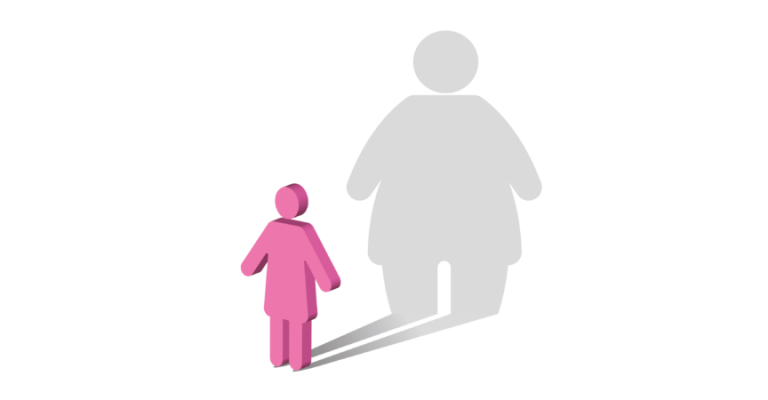Parenting(Age 5 to 8) | Academic | General | Parenting(Age 9 to 12) | Parenting(Age 13 to 16) | Jul 23, 2021
Learning With Technology Checklists

Want to ensure you cover all the bases while teaching a lesson? You can use this checklist as a guide to learn how to use technology in your lessons.
-Before You Start:
-Decide what type of technology you will be using in your lesson.
-Share your plan with the students.
-Start the Lesson:
-Introduce the activity, making sure to tell them what they will be doing and why it is important.
-Show them how to do it so they understand how it’s done (or have them do it). This helps familiarize students with new technology.
-Have the student demonstrate what they have learned.
-If the student is using technology during their demonstration, ensure you ask them to:
- Describe how the technology works - what it does and how it’s different from the ordinary.
- Demonstrate what they have learned - This will help show a connection with their present lesson work
and also help them feel more comfortable using technology in their lesson work. - Have students try using different commands.
- Show different options on devices such as pictures, folders, sections of a document, or folders on a computer screen.
- Include writing assignments, journal entries, and other text-based work to practice their new skills.
- Show how to use the technology on the iPad or other device to help students feel more comfortable with it.
How is technology changing the learning process among students?
- To receive the most knowledge.
-Students are now able to access the Internet, written materials, and audio/video presentations that give them the opportunity to talk with experts in their field of study.
Students can learn about a topic from various points of view and from people who have been through certain situations. -Students can look at pictures and videos of these events, which will be much more effective than just listening to a description.
-They can look up identical or similar products or services and see how they work or what differences there are between them.
-They can see these practices and technologies in action, which will help them decide what they would like to have for themselves.
-Students can be more prepared for future events because they will have taken classes for jobs or careers that they may want to do in the future.
-Students who work on an online project will not have their knowledge interrupted by being forced to wait on another student or group of students.
-Students are able to build more skills than just those taught in class. They can take these skills and apply them in class, online, or outside of school.
- To get the most from their education.
-Students who can gain knowledge through many different avenues will be more prepared for joining the workforce.
-Students will have the ability to be inventive and creative as a result of this knowledge, besides having more skills in areas other than their classes.
-Students get ahead faster in their classes and end grades are calculated into online grades at certain intervals, which shows if they are on track to receive a mark that would earn them a certain grade.
-All students have more freedom and independence when it comes to their education because they can work from home or anywhere they choose, which allows them to come in when it is convenient for them or not at all.
- To have an enriching educational experience.
-It is more interactive and engaging to watch a video than it is to listen to a teacher lecture for an hour.
- To be in charge of their own education.
-Students can work when they please and take time off if they feel stressed or feel like they need some time away from the pressure of school.
There are many problems that could result from this change to a technology-based learning style, such as the loss of face-to-face communication between students and their teachers, cheating, plagiarism, and the tendency for students to self-medicate with online distractions such as social media or surfing the web.
Students could have bad habits that develop because they are no longer interacting with teachers, such as being late or skipping school altogether. Students could also become more independent of their teachers or lose their identity as a student because of this change.
There are many advantages of technology in the classroom. One of the greatest advantages is that a student can learn at their own pace and pace the learning to fit the abilities and abilities of each student in a classroom. It also allows for increased collaboration among students because they may be able to find an answer on their own without needing help from a teacher or group of peers in an online community. Students can have increased access to educational resources and methods for studying. Since the internet is a great resource for many students, it allows them to research and study more efficiently. Students may also be able to progress through their schooling faster because they can work at their own pace without having to wait for others to catch up. Overall, technology helps make classrooms more fun and easier for students because they do not have as much pressure on them. This may help decrease dropouts, tardiness, cheating, and other problems with behavior in the classroom. Enhancing student learning among students can create a more positive experience with technology in the classroom than there would be without it (like fewer distractions).
This is all about the technology and its checklist required for classes.















Post a Comment: